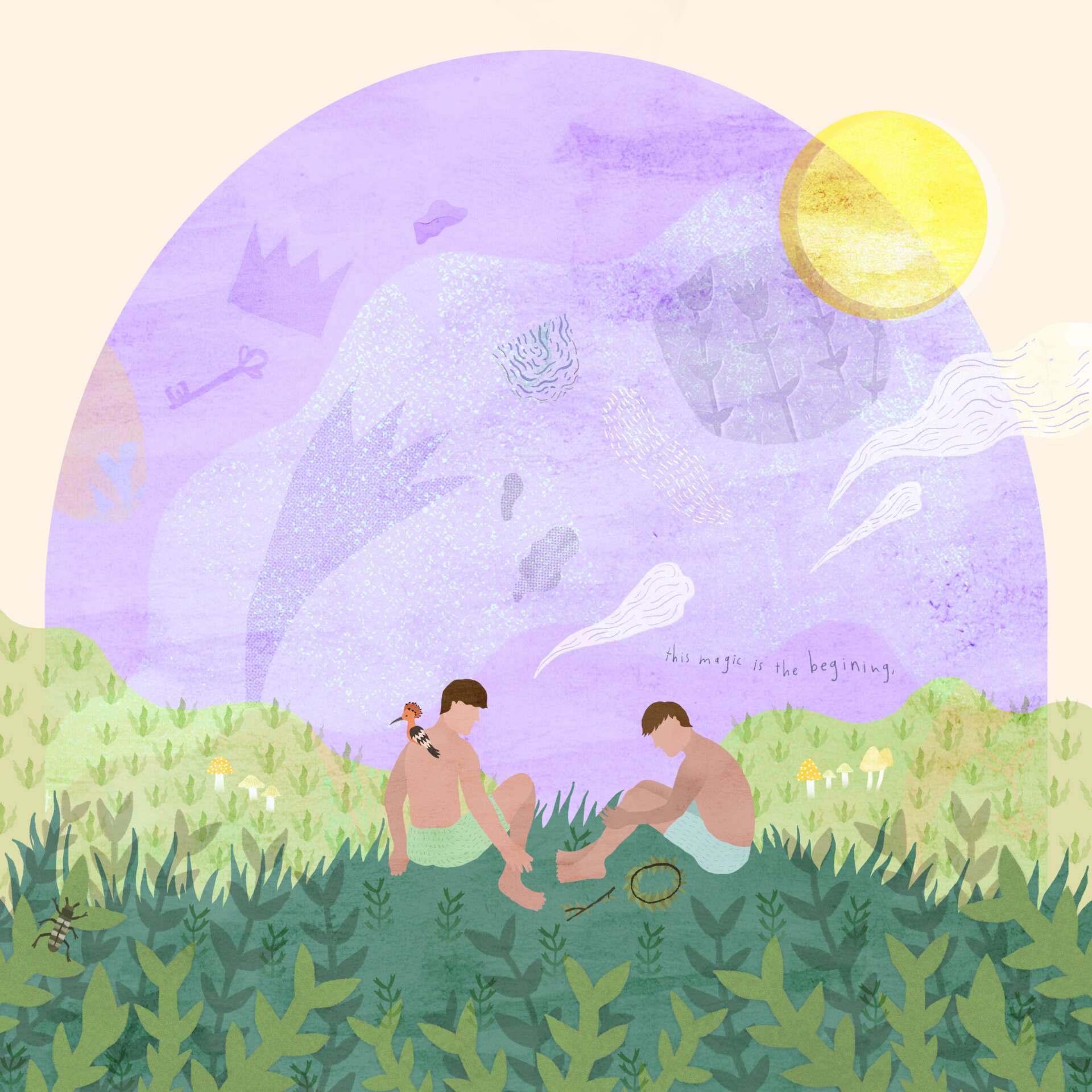We were lucky to catch up with Neil Badenhorst recently and have shared our conversation below.
Neil, thanks for taking the time to share your stories with us today Let’s start with important influences in our lives. Is there a historical figure you look up to?
Keth Haring for sure. Haring made work that was accessible, both in terms of the messaging and imagery, and in terms of where people would view his work. Haring proves that good work doesn’t have to be pretentious, reserved for elite gallery spaces alone, or explore impenetrably ponderous subject matter. Meaningful work is playful, serious, available, obvious, has layers and isn’t meant to be viewed by a select few only.


Awesome – so before we get into the rest of our questions, can you briefly introduce yourself to our readers.
Since I was a child I’ve really loved two things: stories and pictures, I could never make up my mind whether I wanted to be an artist or an author. And so I guess it makes perfect sense that I became an illustrator! I studied graphic design with a major in illustration, and I am currently studying toward my PhD. I wear many hats: I work as a graphic designer on a great many variety of projects, practise and an artist and illustrator, and lecture part-time at the University of Johannesburg in sunny South Africa. My work relates a lot to fantasy and imaginary worlds, but one would be mistaken if they thought that my work demonstrates some desire to slip away from this world, into another. All fiction is metaphor, and fantasy is more honest about being metaphor than a lot of other genres. For me imaginary worlds are wonderful spaces to slip into, and once one enters these worlds you realise that they are in fact portrayals of the real world where we can make sense of personal experiences. The belief that these are unreal allow us a bit of distance to untangle our feelings and understanding of the real world and all it’s wonderful and terrible complexities.



Is there a particular goal or mission driving your creative journey?
I’ve wasted way too much time as a student and a young professional by being slightly too intentional with chasing down specific opportunities. I’ve since realised that the reason I want to make the work that I want to make is that I love to make it. It’s great making things and experimenting in the privacy of your own studio, but any real exciting work is meant for audience, whether this takes the form of a gallery exhibition or an illustrated book- creatives want to make work that finds a space where it can live and interact with people. Playing with ideas and processes I think deserve to be explored is ultimately my goal, a sort of a journey with no and many destinations.



Is there something you think non-creatives will struggle to understand about your journey as a creative? Maybe you can provide some insight – you never know who might benefit from the enlightenment.
‘Creative’ is a broad category of professionals, but ultimately I think ‘non-creatives’ should know that being a successful creative consists of a very labour intensive process. It’s challenging needing to come up with good ideas, do the work, make opportunities happen and network, and manage many aspects of work a lot of which doesn’t relate to creative work.
Contact Info:
- Instagram: @stronganimals
- Linkedin: https://www.linkedin.com/in/neil-badenhorst-126118167/
- Other: https://www.behance.net/NeilTheSeal?log_shim_removal=1


